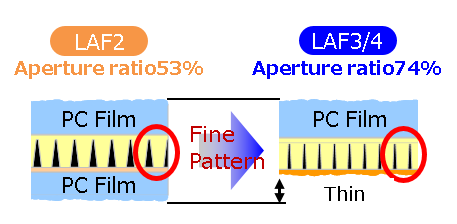Realized safety drive at night!
Louver Array Film
A film for in-vehicle displays that prevents the light from the display from being reflected on the windshield while driving at night and improves the visibility of the driver by improving the brightness when viewed from the driver's seat.
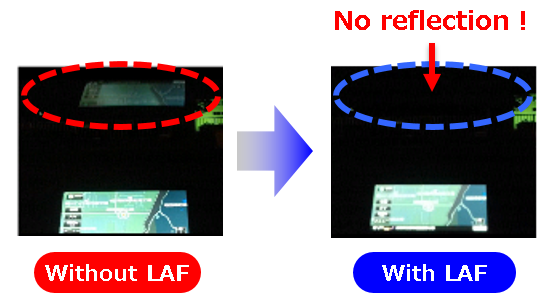
Do you have these problems?
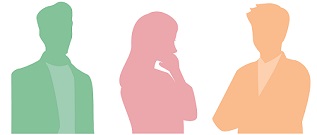
|
|---|
Since a display is reflected on the windshield, it is difficult to see the front and it is dangerous.
I want to eliminate the reflection, but I want to secure the brightness from the driver's perspective.
I want to prevent scratches caused by "rubbing" caused by vibration.
|
|
Background
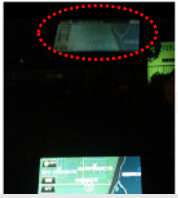
|
|---|
Although there are car navigation systems and speedometers in vehicle-mounted liquid crystal displays, there is a risk that the image on the display will be reflected on the windshield and it will be difficult to see the front, especially at night, and safety will be impaired.
To address this issue, DNP has developed a film that utilizes the light control technology cultivated in optical films for various displays to control the light of the image on the display and concentrate it in front of the driver to prevent reflection on the windshield.
Features
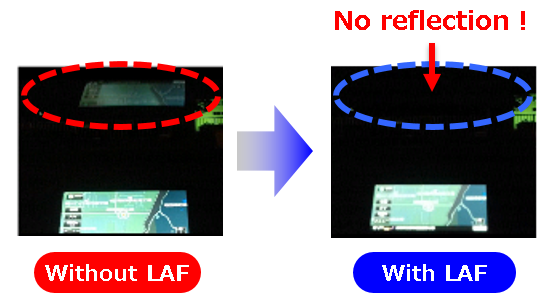
|
|---|
Optical film with a fine louver structure
■ Reflection prevention performance
⇒ Cuts light wider than 35° in the vertical direction
■ High visibility
⇒ Good brightness when viewed from the driver (horizontal 40° vertical 20°)
■High scratch resistance
⇒ Prevents scratches caused by rubbing not only on the film itself but also on the polarizing plate of the facing LCD panel
Technical details
DNP's state-of-the-art optical design, mold cutting, and microfabrication technologies have improved brightness by achieving finer lines and finer pitches than conventional products.
In addition, a scratch-resistant overcoat is applied to both surfaces to prevent scratches caused by vibration, which is important for in-vehicle displays, and also has the effect of preventing scratches on the opposing film.
Furthermore, the light control function has made it possible to control the light not only in the fixed direction but also in the vertical and horizontal directions.
By customizing the fine shape for each product and optimally controlling the direction of light travel, it is possible to freely design instrument panels that have been restricted up to now.
|
|
DNP for development and manufacture of louver array film
At DNP, we have a wealth of expertise in louver array film design and manufacturing. Please contact DNP for louver array film development and manufacturing. With DNP, various proposals are possible to meet your specific needs.
DNP in Electronics
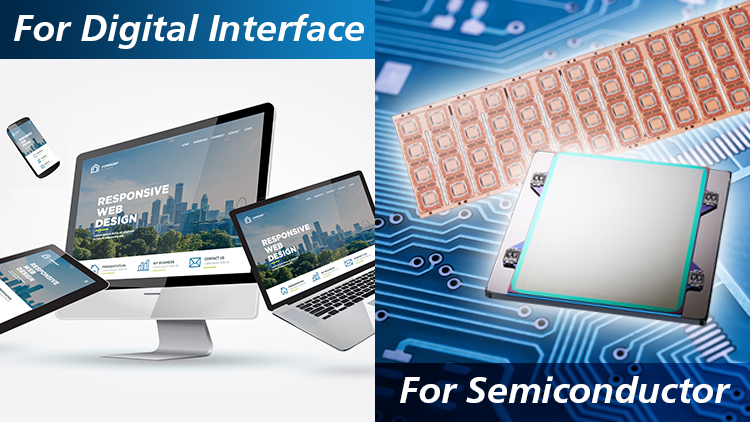
|
|---|
Other than listed above, DNP’s Electronics segment has a wide range of products for digital interface (display-related) and semiconductor.
You can check further our product line-up here and find anything to accommodate your needs.
DNP's Technologies for Next-Gen AR Glasses/VR Headset
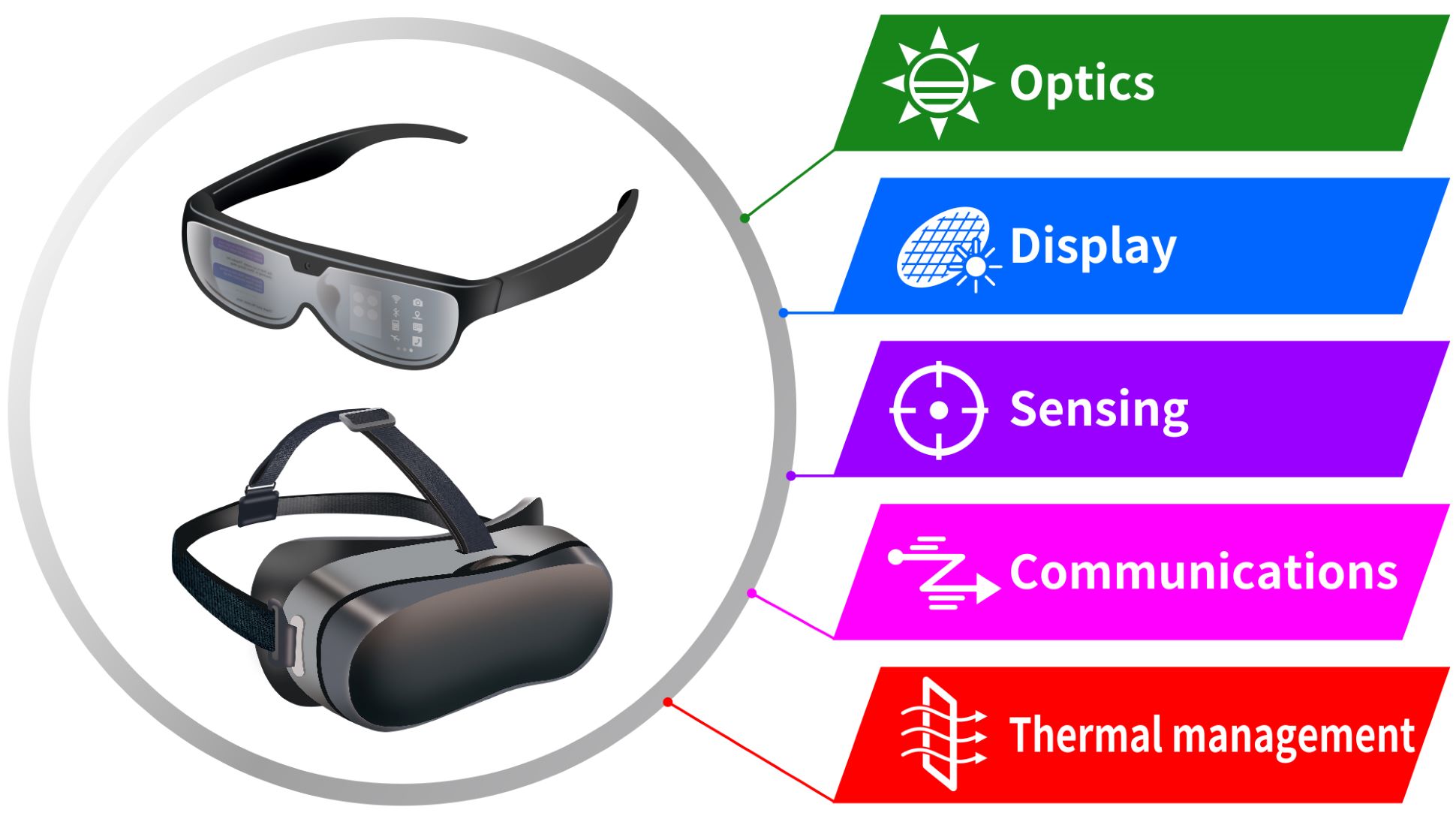
|
|---|
In particular, AR glass and VR headset related items are listed here and may provide you with some solutions. Please click below for more details.

